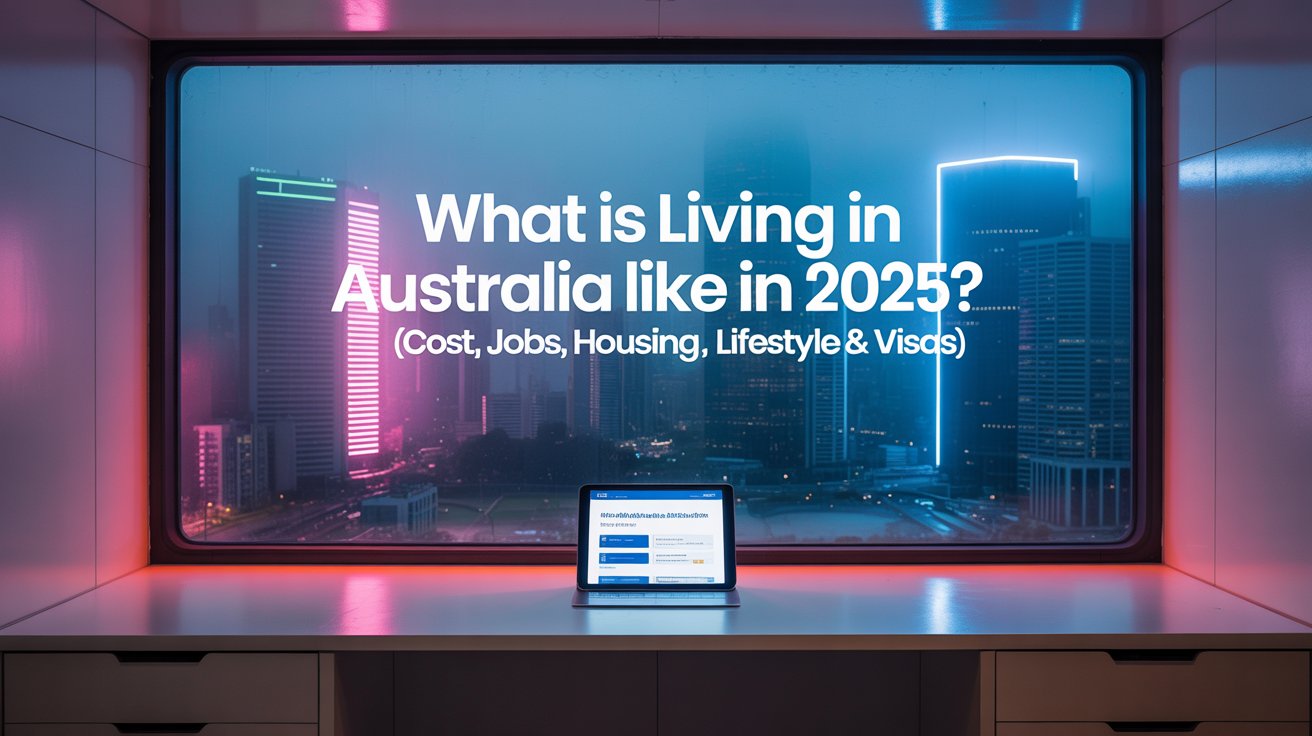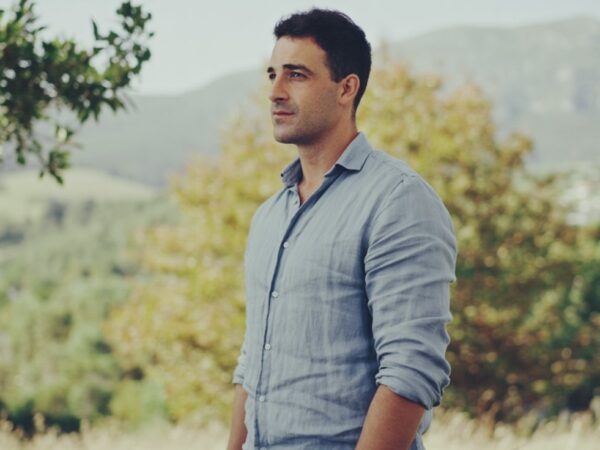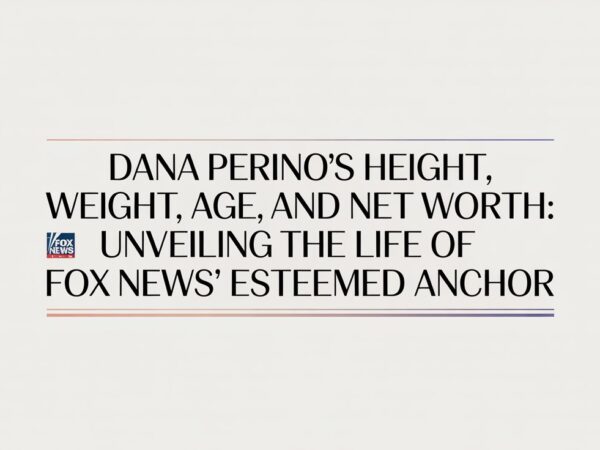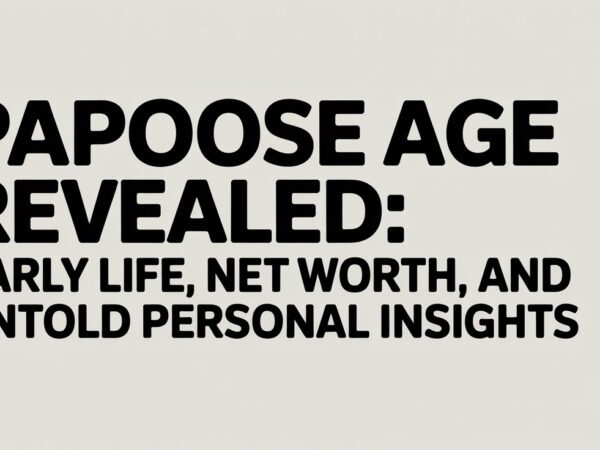What Is Living in Australia Like in 2025? (Cost, Jobs, Housing, Lifestyle & Visas)

Australia has long been a dream destination for migrants, students, and professionals seeking a balanced lifestyle, strong job opportunities, and beautiful surroundings. But if you’re asking what is living in Australia like in 2025, the answer is more complex than ever. Rising costs, tight housing markets, and evolving migration policies shape the everyday experience of newcomers and locals alike. At the same time, the country continues to offer high wages, world-class healthcare, and a lifestyle that blends modern urban life with natural beauty.
This article provides a comprehensive guide on life in Australia right now—covering cost of living, jobs, housing, healthcare, culture, and migration options.
Key Takeaways at a Glance
Living in Australia in 2025 means navigating both opportunities and challenges. On the one hand, wages remain competitive, public services are reliable, and cities consistently rank among the world’s most livable. On the other hand, rents have surged, especially in Sydney and Melbourne, while vacancy rates remain historically low, making housing a serious concern for many. Climate change also brings hotter summers, heatwaves, and the need to prepare for bushfires and floods. For migrants, the government has increased its skilled migration intake, opening more opportunities for professionals, but application processes are still highly competitive.
Pros and Cons of Living in Australia
Advantages:
Australia offers high salaries compared to many countries, strong labor protections, and an outstanding quality of life. The clean environment, outdoor lifestyle, and multicultural food scene are major draws. Families benefit from safe cities and reliable education systems, while young professionals enjoy vibrant nightlife, festivals, and career progression.
Challenges:
The cost of living—especially rent—can be prohibitive in major cities. Long travel distances to Europe and North America can make it feel isolated. Seasonal natural hazards such as bushfires and floods are realities you must plan around, especially if living in regional areas.
Cost of Living in Australia (2025)
If you’re wondering what is living in Australia like financially, the answer depends on your city and lifestyle. Sydney and Melbourne are still the most expensive, while Adelaide and Hobart offer more affordability.
- Rent: A one-bedroom apartment in inner Sydney averages over AUD 650 per week. In Melbourne, you’ll pay closer to AUD 550. By contrast, Adelaide and Hobart can offer similar housing for AUD 400–450 weekly.
- Groceries & Dining: A typical single person spends AUD 120–150 weekly on groceries. Dining out at a mid-range restaurant costs around AUD 25–40 per meal.
- Transport: Public transport is efficient but not cheap. Expect to pay AUD 50–70 weekly in cities, with unlimited passes offering some savings.
- Utilities & Internet: Around AUD 250–350 per month for electricity, gas, water, and internet.
For a family of four in a capital city, monthly expenses often exceed AUD 7,000, while singles may live comfortably on AUD 3,000–4,000 outside of Sydney and Melbourne.
Housing & Renting in 2025
The rental market remains one of the toughest parts of living in Australia. Vacancy rates hover around 1%, meaning rental inspections are highly competitive. Landlords expect references, payslips, and proof of financial stability. Many successful applicants now prepare a rental resume to stand out.
Choosing a suburb depends on your lifestyle—inner-city living offers convenience but comes at a steep cost, while outer suburbs and regional towns provide affordability and space, though commutes can be longer. For those planning to buy, property prices have cooled slightly in 2025 compared to the peaks of 2021–2022, but deposits of 20% or more are still standard.
Jobs & Salaries
When asking what is living in Australia like for workers, it’s essential to look at job markets. In 2025, the government continues to prioritize skilled migration, especially in healthcare, IT, construction, and education.
- Healthcare professionals such as nurses and doctors are in high demand.
- Tech specialists (AI, cybersecurity, software engineers) enjoy excellent job prospects.
- Tradespeople and construction workers are essential for addressing housing shortages.
Salaries vary, but averages in major industries are:
- Software Engineer: AUD 100,000–140,000
- Registered Nurse: AUD 80,000–110,000
- Electrician: AUD 75,000–95,000
- Teacher: AUD 70,000–95,000
Visas & Migration (2025–26)
The Permanent Migration Program for 2025–26 allocates a strong majority of places to the skilled stream. This is good news for professionals, though competition remains high. In addition, student visas and post-study graduate visas continue to provide pathways to work and permanent residency.
Working Holiday Visas remain popular, particularly among young travelers from the UK, Europe, and Asia, though applicants must often complete regional work to extend their stay. For high-skill professionals, the Global Talent and Innovation pathways are expanding, making it easier for specialized experts to secure visas.
Healthcare & Medicare
Australia’s public healthcare system, Medicare, is one of the biggest benefits of living here. It covers doctor visits, hospital treatment, and basic services for citizens, permanent residents, and eligible visa holders. However, not all services are free—specialists and dental care often involve out-of-pocket costs.
Many residents also purchase private health insurance to cover gaps, reduce waiting times, and gain access to extras such as dental, optical, and physiotherapy.
Education & Childcare
Education is highly valued in Australia. Public schools are free for citizens and permanent residents, but temporary visa holders may face international fees depending on state policies. Private schools can cost AUD 10,000–25,000 per year.
Childcare is expensive, with full-time daycare costing up to AUD 130 per day in some cities. Government subsidies reduce this burden, but waitlists are common.
Climate, Weather & Natural Hazards
Australia’s climate varies widely:
- Sydney and Brisbane enjoy mild winters and hot, humid summers.
- Melbourne is famously changeable, with “four seasons in a day.”
- Perth is hot and dry, while Hobart and southern cities are cooler.
Natural hazards are part of life here. Summers bring the risk of bushfires and heatwaves, while some regions experience flooding and cyclones. Preparedness, insurance, and awareness are crucial.
Lifestyle & Culture
So, what is living in Australia like culturally? Expect a blend of laid-back attitudes and outdoor living. Australians value work-life balance, making time for beaches, barbecues, and sports. The food scene is diverse, with multicultural influences ranging from Southeast Asian to Middle Eastern cuisines. Coffee culture rivals that of Italy, with Melbourne often claimed as the “coffee capital of the world.”
Community is another key part of life. Whether through sports clubs, volunteering, or local events, newcomers often find it easy to connect.
Safety & Etiquette
Australia is considered one of the safest countries globally, with low crime rates compared to other developed nations. However, beach safety is critical—swimmers must always stay between the red and yellow flags due to dangerous rips. Sun protection is also vital, as Australia has some of the highest UV levels in the world.
Workplace culture is direct yet informal. Australians value honesty, punctuality, and a sense of humor.
Transport & Getting Around
Public transport varies by city. Sydney and Melbourne have extensive networks, though fares are costly. Brisbane and Perth rely more on buses and trains, while Adelaide and Hobart are smaller-scale. Many Australians own cars, as regional travel and suburban commutes often require driving.
Domestic flights are frequent and affordable, making interstate travel easy. Low-cost airlines like Jetstar and Rex provide budget-friendly options.
Money & Taxes
Opening a bank account is simple for newcomers with identification. The tax system operates on a Pay-As-You-Go basis, with annual tax returns required. Superannuation (retirement savings) is mandatory, with employers contributing around 11% of salaries.
Everyday Practicalities
Practical aspects of life include recycling rules that vary by council, mandatory car seats for children, and restrictions on renting with pets (though new tenant rights are slowly improving access for pet owners). Utilities, internet, and mobile services are straightforward to set up, though prices can be higher than in Europe or Asia.
Conclusion: So, What Is Living in Australia Like in 2025?
Living in Australia in 2025 is a balance of opportunity and cost. It’s a country where you can enjoy high wages, world-class beaches, and a multicultural lifestyle, but you must also plan for housing challenges and rising expenses. For skilled workers and students, Australia continues to open doors, while families and retirees can find safe, clean, and enjoyable communities.
Ultimately, Australia remains one of the most desirable places to live, provided you enter with realistic expectations and prepare for the financial and cultural adjustments.
Do Read: Mike Lindell Wife Karen Dickey: Marriage, Kids & Legacy







